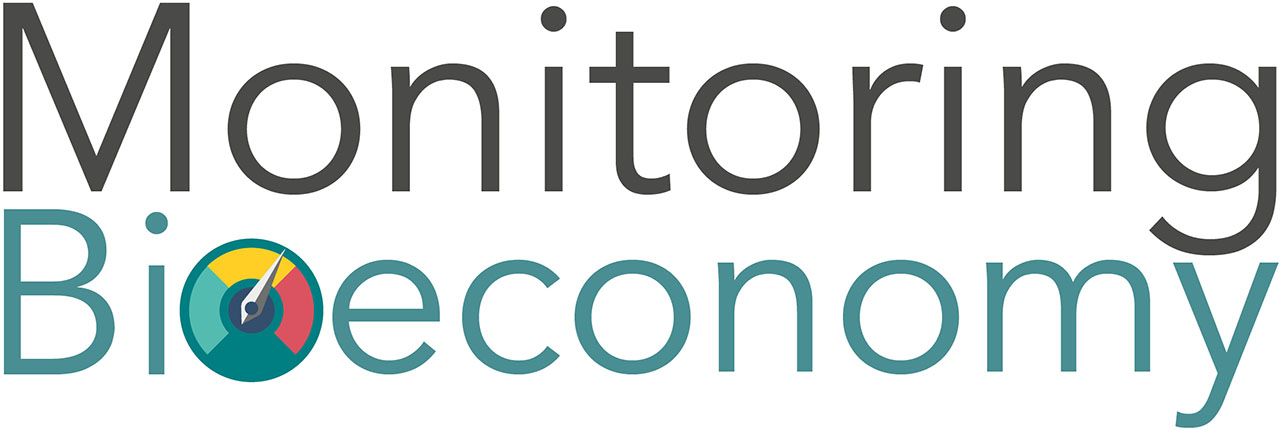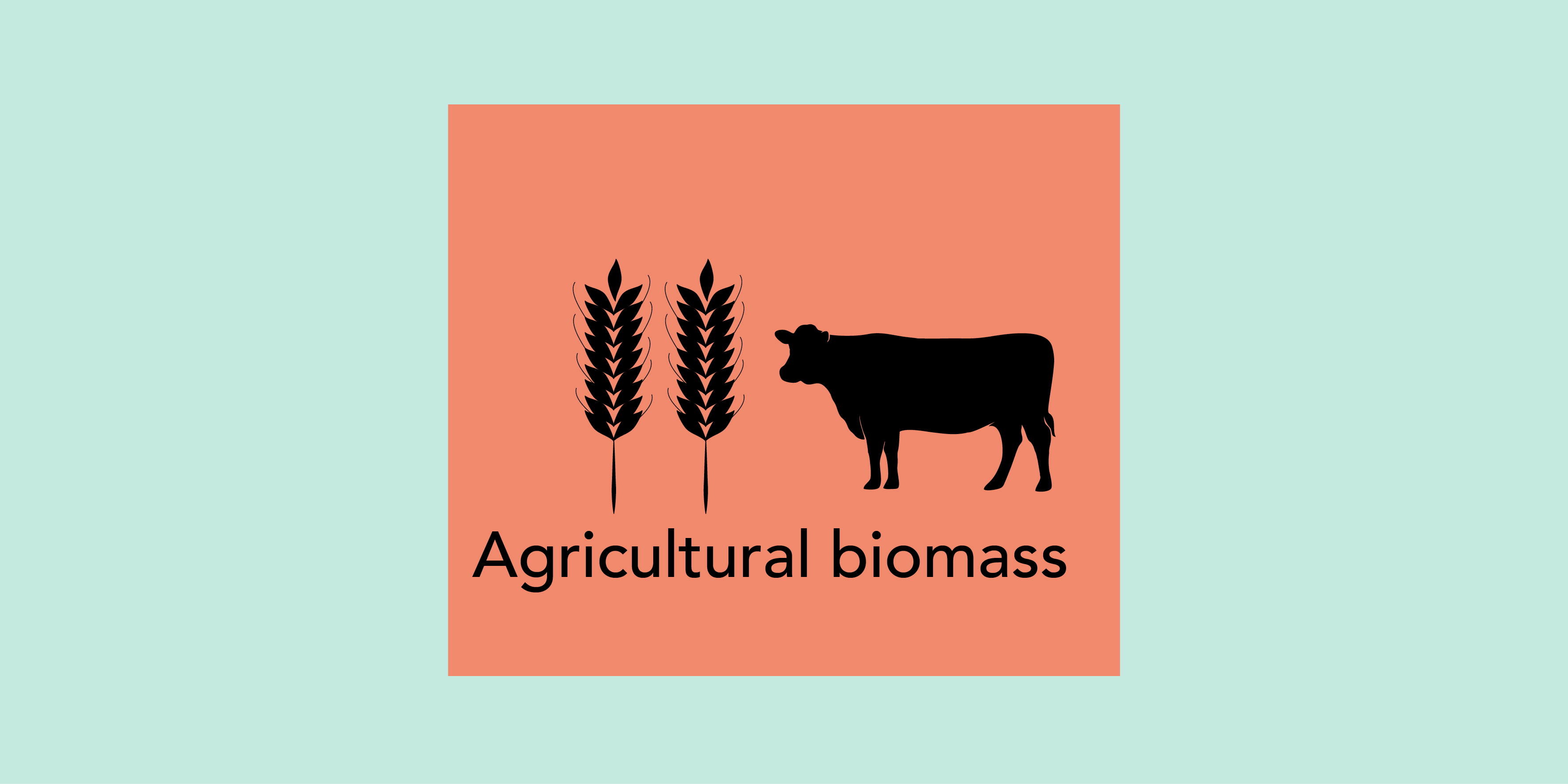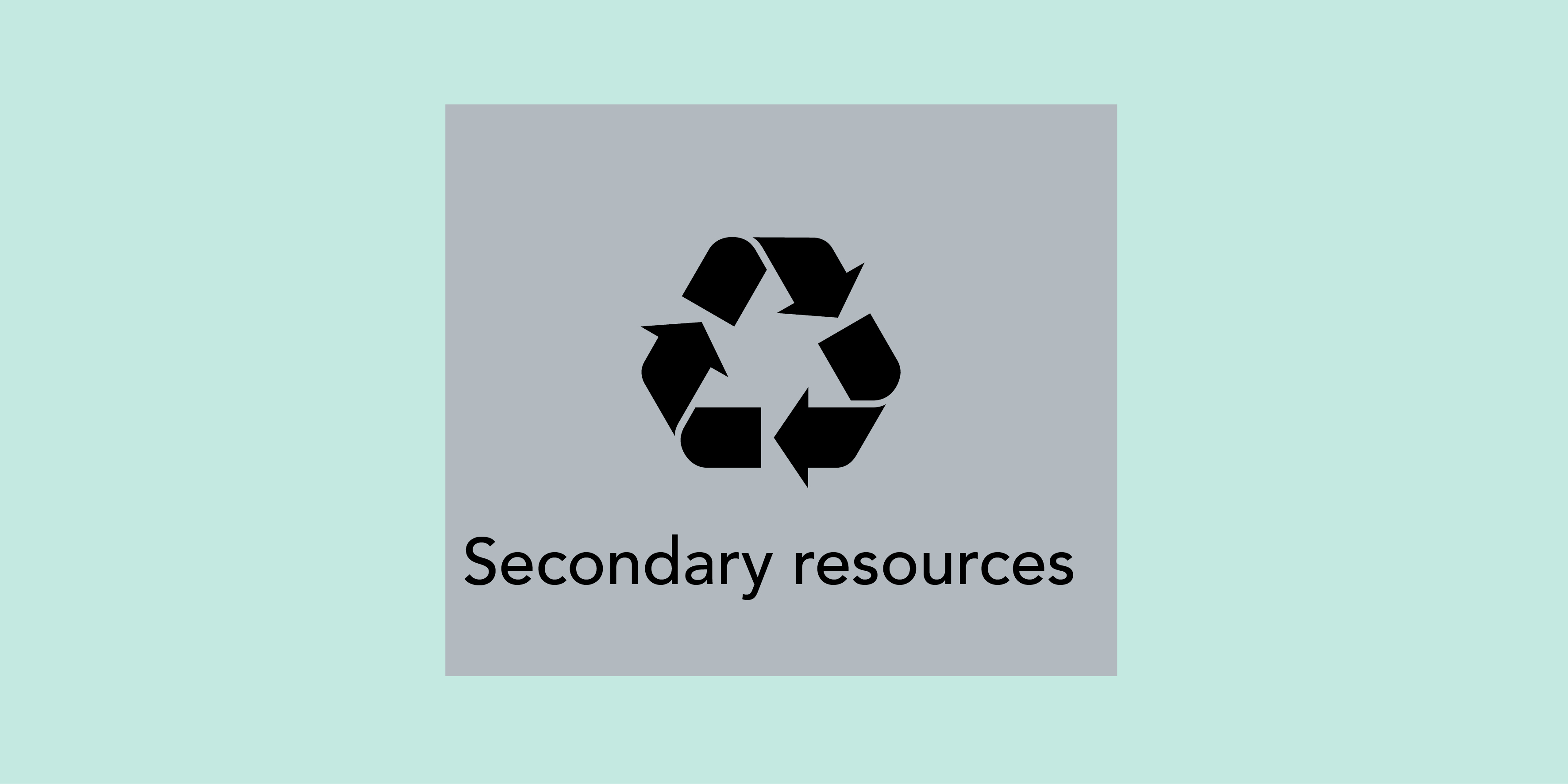Origins
Germany sources biomass from
- national resources from primary sectors. In 2015 these produced nearly 186 Million dry tonnes [1] of biomass (137 Mt agricultural biomass; 48 Mt forestry biomass (comprising 33 Mt forest raw materials and 15 Mt forest residues); and 0.7 Mt aquatic biomass) [2]
- secondary biogenic resources (“waste” and residues - from e.g. reuse and recycling within the economy as well as by-products from primary resource extraction)
- imports (including primary and secondary biomass).
Notes and references
- This refers to dry tonnes and differs to the used domestic extraction reported by Destatis in wet tonnes (or freshly harvested biomass; e.g. of 246 Mt in 2015)
- Iost et al. (2020). Setting up a bioeconomy monitoring: Resource base and sustainability. doi: 10.3220/WP1593762669000; See also the complete flow chart in Bringezu et al. (2021). Pilot report on the monitoring of the German bioeconomy. doi:10.17170/kobra-202201115406






